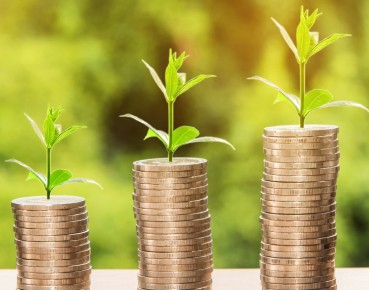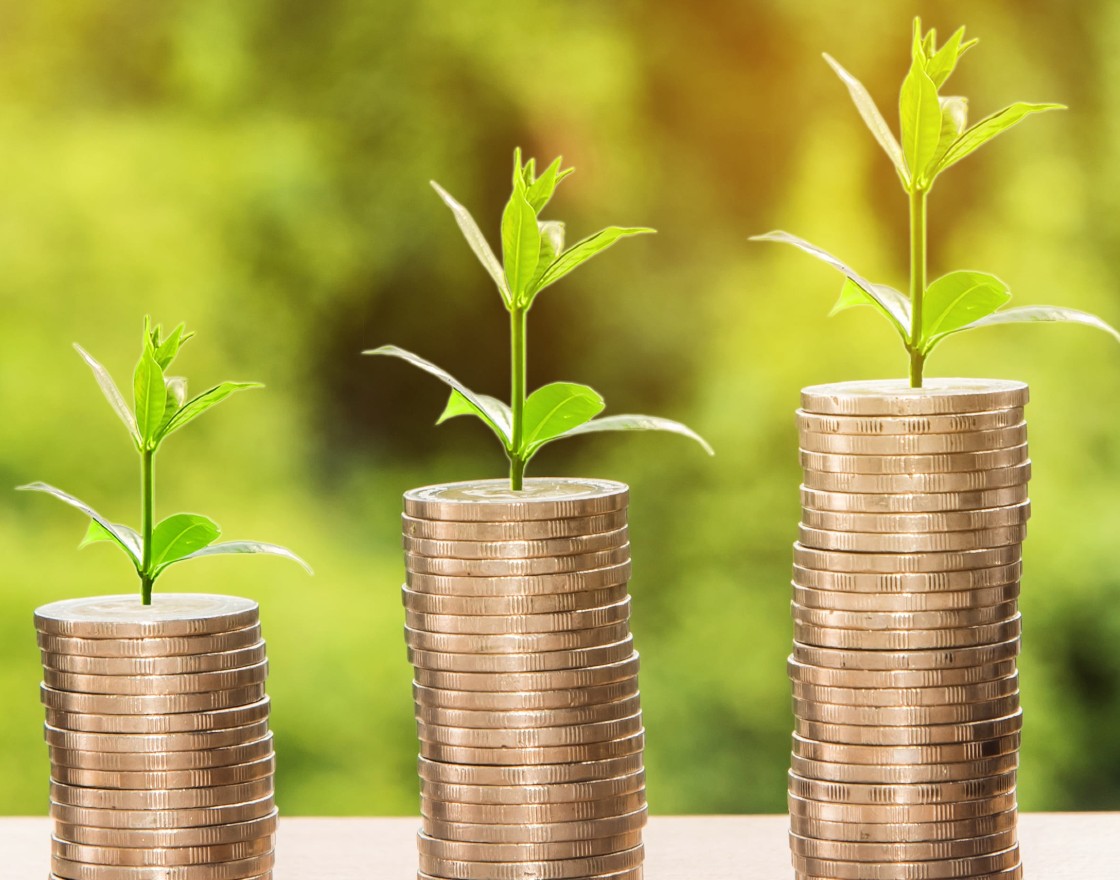Tydzień w gospodarce
Category: Trendy gospodarcze

(Piqsels, Public domain)
Nowhere else has the issue of sustainability in recent years been taken more seriously than in Europe. With its ambition to create a modern, resource-efficient and competitive economy, the European Union has been pushing its financial sector to adjust to its green agenda.
The issue of sustainable finance in Europe goes hand in hand with the European Green Deal agenda. Recognizing climate change and environmental degradation as a major existential threat to Europe and the world, the European Commission (EC) has put forward an ambition agenda of becoming the first climate neutral continent by 2050.
Europe’s financial sector is expected to play a key role in the continent’s economic transition to a more sustainable growth decoupled from resource use. The idea is to supplement public spending on green projects with private investment. In the future, all European financial institutions will be required to take into account environmental and social considerations when making investment decisions. However, the “green finance project” is still at its early stages and many investors complain about a lack of opportunities to include green assets in their financial portfolios.
This might, however, change soon as the EU is intending to use its post-pandemic recovery plan to contribute to the achievement of its climate neutrality goals. Europe’s recovery plan will be embedded within a revamped long-term EU budget (2021-2027). About 30 per cent of the „Next Generation EU” EUR750bn fiscal plan to aid the post-COVID-19 recovery would target climate-friendly projects, according to the proposal. After seemingly endless discussions, and often quite heated arguments, among various member states, the EU eventually green-lighted the financing of the recovery fund via joint debt, becoming one of the world’s biggest supranational issuers.
The EC is planning to earmark 30 per cent of the fund to finance climate projects, amounting to roughly EUR225bn. The bonds issued by the EC to finance those projects will likely be labelled “green”, as they will be used to achieve Europe’s climate neutrality goals. “In this way, the EU would be able to respond to a fast-rising ESG (environmental, social and corporate governance issues) investor base and further develop its position as an issuer in the green bond market,” according to an analysis by S&P Global.
The Commission’s green bond issuance would completely change the current situation on the green bond market. “Green bonds constitute only 3.7 per cent of total global bond issuance, making it difficult for central banks or regulators to ask market participants to build green portfolios. A green bond issuance of EUR225bn would represent an increase of around 89 per cent of the global green bond market size (in terms of 2019 total issuance),” says S&P Global.
In recent years, the so-called sustainable investing has experienced a meteoric rise, with an ever-increasing number of portfolio managers taking interest in green labelled financial products. According to the Lombard Odier Group, a Geneva-based banking group, no other category of assets enjoys as much popularity among Swiss investors. “Ten years ago, the volume of such products and strategies was just CHF32bn, but in 2019, it already reached CHF1.16 trillion.”
The change in the banking culture reflects a much wider cultural change that has taken place across the western world over the last couple of years. An ever-growing number of savers want to invest their money with clear conscience. Many, especially young people seem to be willing to settle for lower yields on their investment if they have the feeling that their money is making the world a better place.
A new business ecosystem has sprung up almost over nigh to service this need. There are dozens of new fintech companies that are focusing on ESG investment. For example, the Hong Kong-based MioTech offers a cutting-edge graph technology which mines ESG data through more than 12,000 public sourced. The data are used by their clients to make well informed decisions on their sustainable investments. It also uses that data to compile a rating of companies based on how they perform on ESG issues.
And they are very far from being alone in doing so. A completely new industry has emerged to help investors make better decisions: providers like Sustainanalytics, Standard & Poor or MSCI all issue similar ESG ratings. But the problem with those ratings, and also the problem that really lies at the core of sustainable investing today, is that there is currently no global standard on what constitutes “green” or “sustainable” financial product.
This problem manifests itself in significant divergences in the way different rating providers assess the same products. A Credit Suisse Research Institute’s study points to enormous diverges in the rating of the popular electric vehicle and clear energy company Tesla. “MSCI rates the electric car manufacturer as the best automotive stock as far as sustainability is concerned. But for FTSE, another ratings provider, Tesla is the worst in the class. Sustainalytics gives it an average ranking. One of the reasons underlying the divergent assessments is that MSCI primarily looks at the low-CO2 cars Tesla makes, whereas FTSE focuses on the emissions produced by the company’s factories.”
These differing approaches to measuring the environmental impact of various assets makes it very hard for investors to navigate the muddy waters of sustainable investing. The financial world, at least in Europe, is now looking to Brussels to provide some clarity on the matter.
Experts in Brussels are now working on a definition of which economic activities are considered sustainable and which not. The result of those efforts will be a consistent “taxonomy”. In June 2020, the European Parliament adopted the Taxonomy Regulation: “a key piece of legislation that will contribute to the European Green Deal by boosting private sector investment in green and sustainable projects,” the press release reads.
According to the Commission, the taxonomy will “help create the world’s first-ever “green list” — a classification system for sustainable economic activities — that will create a common language that investors can use everywhere when investing in projects and economic activities that have a substantial positive impact on the climate and the environment.”
The Commission is now putting together the Platform on Sustainable Finance, consisting of 57 members with relevant knowledge and experience, that will develop the technical and screening criteria for sustainable financial products. “The criteria for climate change mitigation and adaptation will be adopted by the end of this year and the criteria on the other four environmental objectives (sustainable use and protection of water and marine resources, transition to a circular economy, pollution prevention and control, protection and restoration of biodiversity and ecosystems) by the end of next year,” according to the EC.

